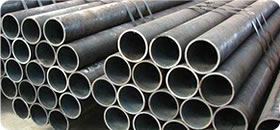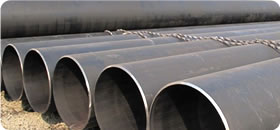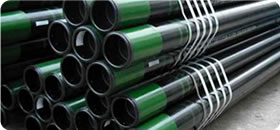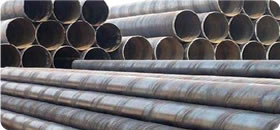Why should seamless steel pipe be strictly selected
Considering how he selects materials, we must first consider the product advantages and focus on quality, strictly select materials and real materials, so that when dealing with craft products, through strict selection, the production of real materials, the product bearing capacity of the selected products must be good, stable and solid, not easy to deform, with mature technology, quality assurance, sufficient inventory, timely delivery, cutting and smooth incision, Good bearing capacity, not easy to deform, various product specifications, strict selection of materials and quality assurance.
The seamless steel pipe also needs to pay attention to two ends. Due to the structure of the detection device, when the reserved cutting allowance at both ends is small, there is likely to be cracks or other missing parts at the end. If there is a tendency of cracks at the end, it will lead to crack propagation in a later installation.
Therefore, we should pay attention to a crack detection of seamless steel pipe, which is a very important link. When it comes to the dimensional change of high-pressure boiler caused by thermal expansion and cold contraction, there are two most common types: Rubber high-pressure boiler and metal high-pressure boiler tube.
previous_pagePrecautions for storage of seamless steel pipe
next_pageDifference between seamless steel pipe and welded steel pipe




